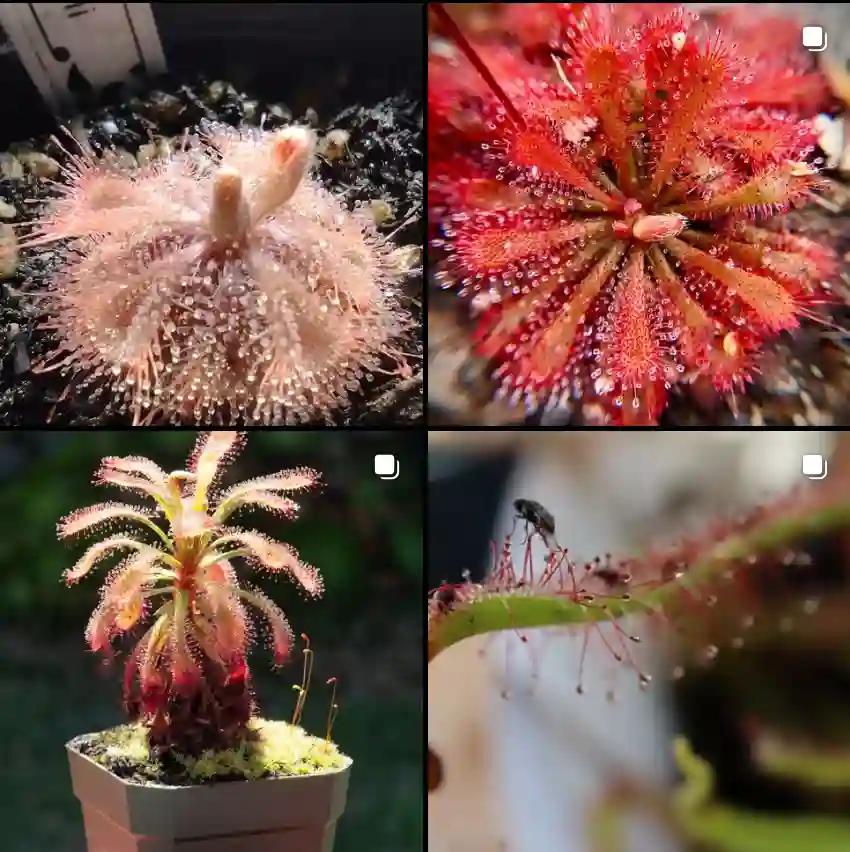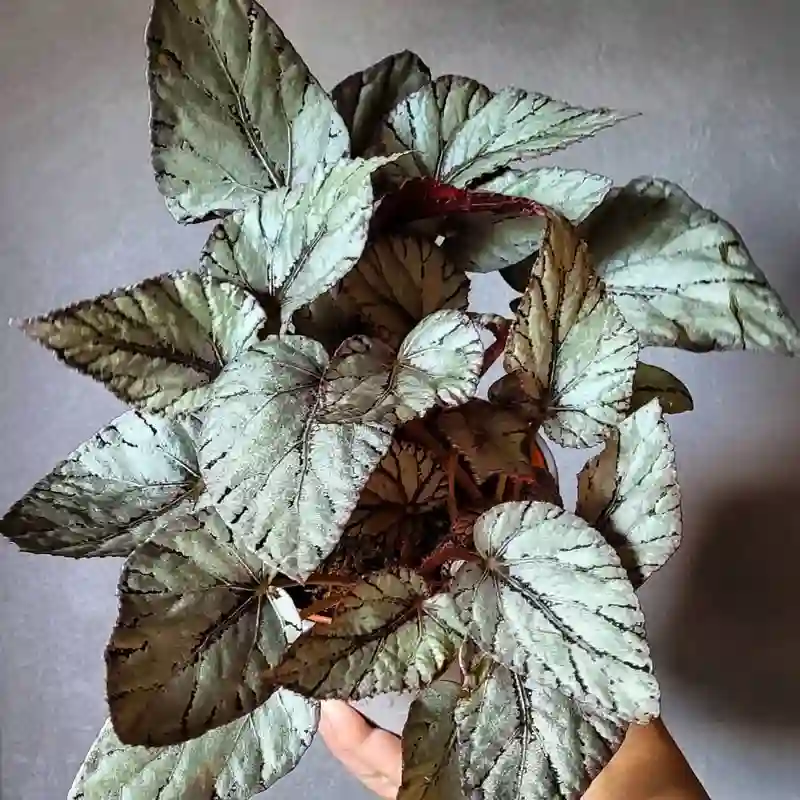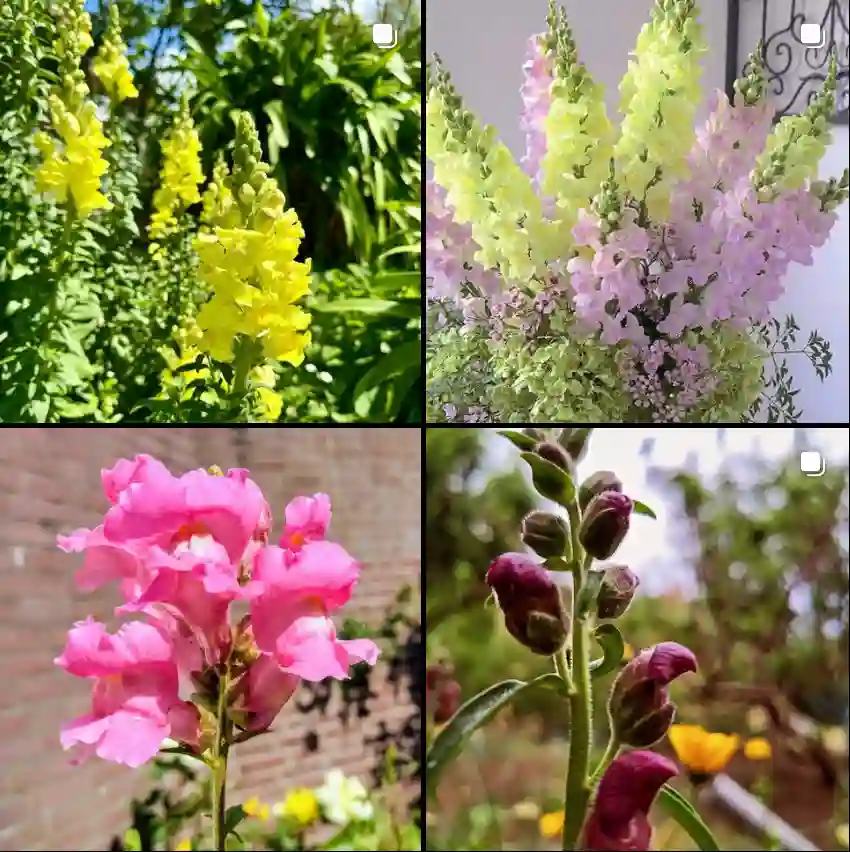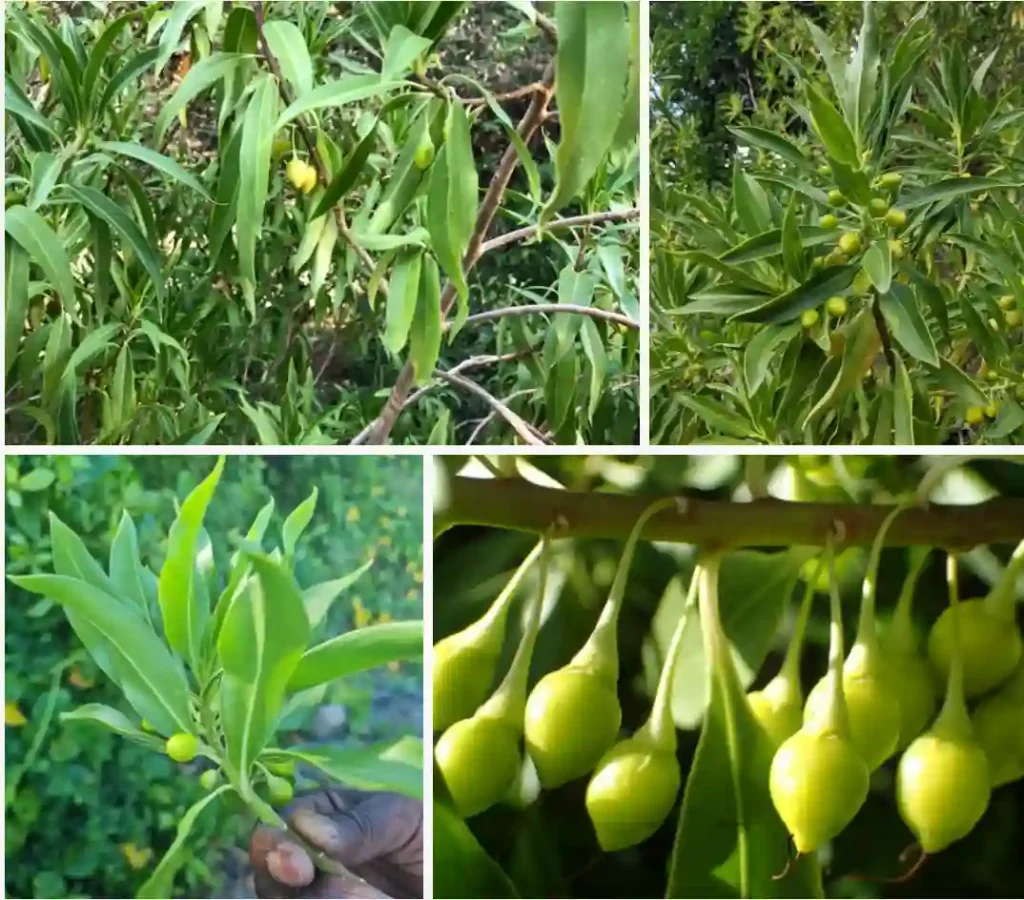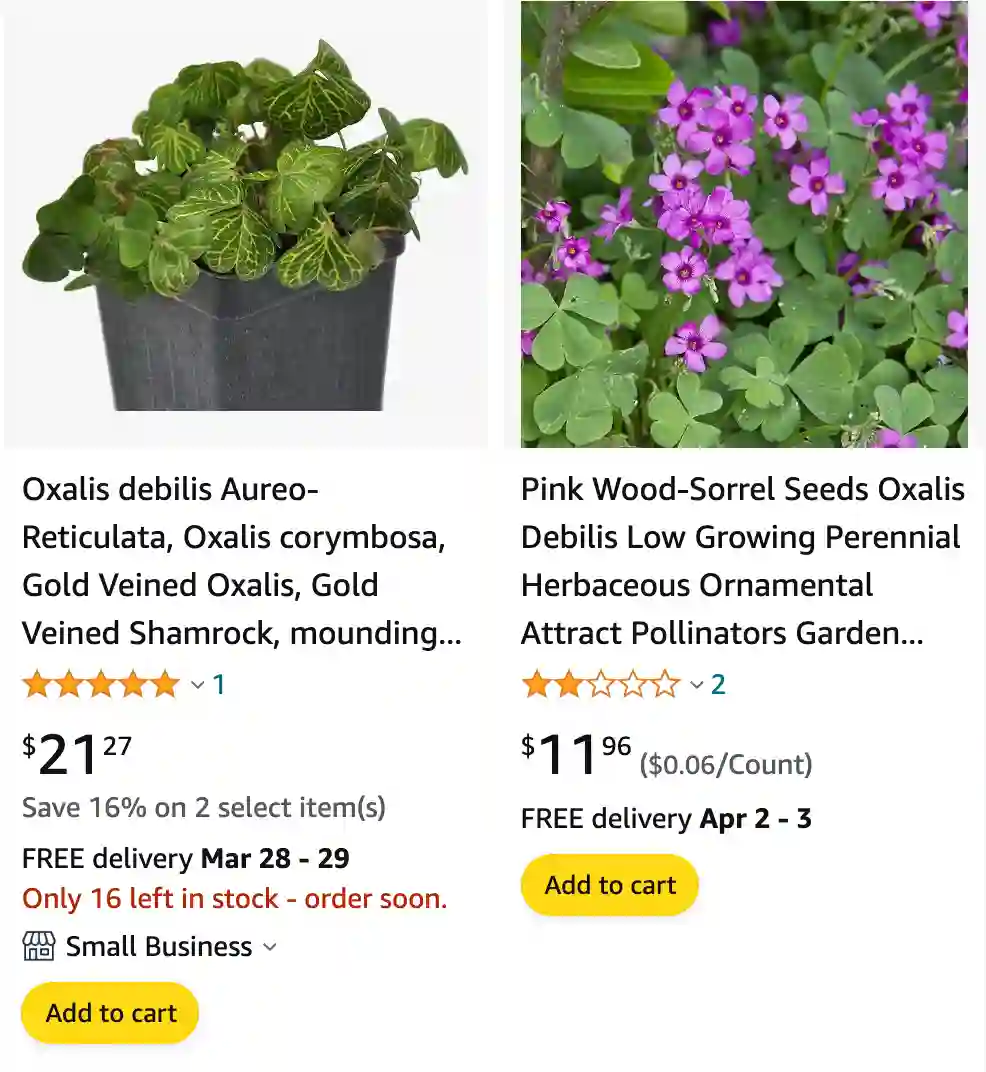
The Delicate Charm of Oxalis Debilis: A Gardener’s Guide
I’m Ferb Vu, and for years, I’ve been captivated by the delicate beauty of Oxalis Debilis. Often nicknamed the Pink Shamrock or Violet Woodsorrel, this little flowering plant packs a punch of charm. But beneath its clover-like leaves and vibrant blooms lies a surprising amount of complexity. Here, I’ll answer some of the most common questions about Oxalis Debilis, including its care, comparison to look-alikes, and potential downsides.
569 Species in Genus Oxalis
Is Oxalis Debilis Easy to Grow?
Absolutely! Oxalis Debilis thrives on neglect. It prefers well-drained soil, so avoid soggy conditions. Partial shade is ideal, but it tolerates full sun in cooler climates. Water moderately during the growing season, allowing the soil to dry slightly between waterings. In colder regions, it goes dormant in winter and needs minimal water.
This low-maintenance plant propagates readily. Tiny bulbils form at the base of the mother plant, easily detaching and sprouting new growth. While some find this prolific spread endearing, it’s important to be aware of its potential for becoming invasive in certain areas.
How Do I Care for Oxalis Debilis Indoors?
This little charmer transitions beautifully to container life. Use a pot with drainage holes and a well-draining potting mix. Place it in a brightly lit spot with indirect sunlight. Water moderately, letting the top inch of soil dry before watering again. During winter dormancy, reduce watering significantly.
Fertilize sparingly during the growing season with a balanced liquid fertilizer diluted to half strength. Deadhead spent flowers to encourage continued blooming.
Pro tip: Repot your Oxalis Debilis every other spring to refresh the soil and prevent overcrowding.
Is Oxalis Debilis a Weed?
This depends on your climate and garden’s ecosystem. In some regions, particularly warm climates, Oxalis Debilis can become invasive due to its prolific bulbil production. It thrives in disturbed areas and can easily outcompete desired plants.
However, in cooler climates with well-established ecosystems, it’s less aggressive. Here, its cheerful blooms and interesting foliage can be a welcome addition to shady borders and rock gardens.
Key takeaway: Research your local growing conditions to determine if Oxalis Debilis is a friend or foe for your garden.
What’s the Difference Between Oxalis Debilis and Oxalis Violacea (Violet Woodsorrel)?
These two beauties share a similar clover-like appearance and vibrant pink flowers. However, some key differences exist.
- Leaf size: Oxalis Debilis boasts larger leaves (1.5-4.5 cm long) compared to Oxalis Violacea’s smaller leaves (0.6-1.3 cm).
- Petioles: Oxalis Debilis has longer, hairy petioles (stems connecting leaves to the main stem) compared to Oxalis Violacea’s smooth, shorter petioles.
- Origin: Oxalis Debilis hails from South America, while Oxalis Violacea is native to North America.
For a more definitive identification, consult a reliable plant identification guide or botanical resource.
Does Oxalis Debilis Have Any Uses Besides Being Pretty?
Surprisingly, yes! The leaves and bulbs of Oxalis Debilis are edible, containing a pleasantly tart oxalic acid. In small quantities, they can be used to add a tangy flavor to salads and stir-fries. However, it’s important to exercise caution.
Warning: Oxalic acid can be toxic in large amounts. Consume Oxalis Debilis sparingly, and avoid it altogether if pregnant, breastfeeding, or have kidney issues.
Final Thoughts
Oxalis Debilis offers a delightful combination of delicate beauty and surprising resilience. With its minimal care requirements and cheerful blooms, it’s a wonderful addition to gardens and containers alike. However, be mindful of its potential invasiveness in certain climates.
By understanding its needs and being aware of its potential downsides, you can cultivate this charmer responsibly and enjoy its vibrant presence in your green haven.
If i die, water my plants!
